Are you considering investing in the Canon M50 II? With the latest advancements in camera technology, it can be difficult to determine which features are worthwhile and what kind of image quality you can expect.
No matter your level of experience with photography, understanding if a camera is full-frame or not is one important decision factor when choosing a new camera.
Read on to find out whether the Canon M50 Mark II has a full-frame sensor and learn more about this highly sought-after digital camera model.
Is the Canon M50 Mark II Full-Frame?
Unfortunately, the Canon M50 Mark II is not full-frame. In fact, it’s a crop sensor camera with an APS-C size CMOS sensor. This means that instead of capturing a full 35mm frame, the image field is reduced to approximately 22.3 x 14.9 mm for cropping purposes.
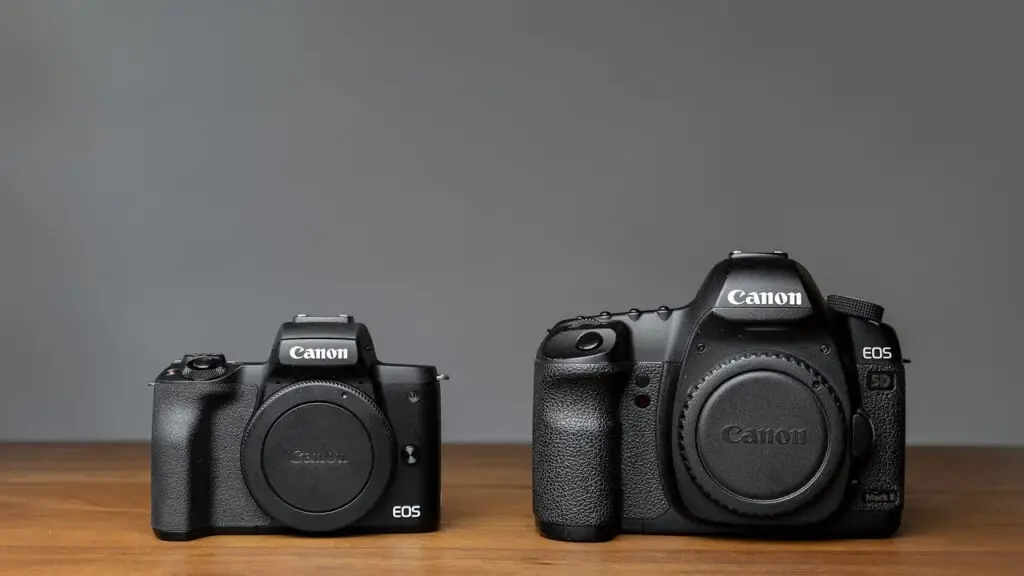
The main benefit of the cropped sensor is its smaller size and lighter weight — perfect for those who need to be light on their feet or travel frequently.
The downside is that with less surface area, there’s less room for capturing image data meaning that there may be some compromise in image quality when compared to full-frame models.
Does The Sensor Size Matter?
The size of the sensor in your camera does matter, and it’s one of the most important factors when deciding which camera to buy.
A full-frame sensor has the most surface area of all digital camera sensors, meaning that it can capture more light than its crop counterparts.
This leads to greater dynamic range and improved low-light performance, which is especially useful when shooting in dimly lit environments or capturing night skies.
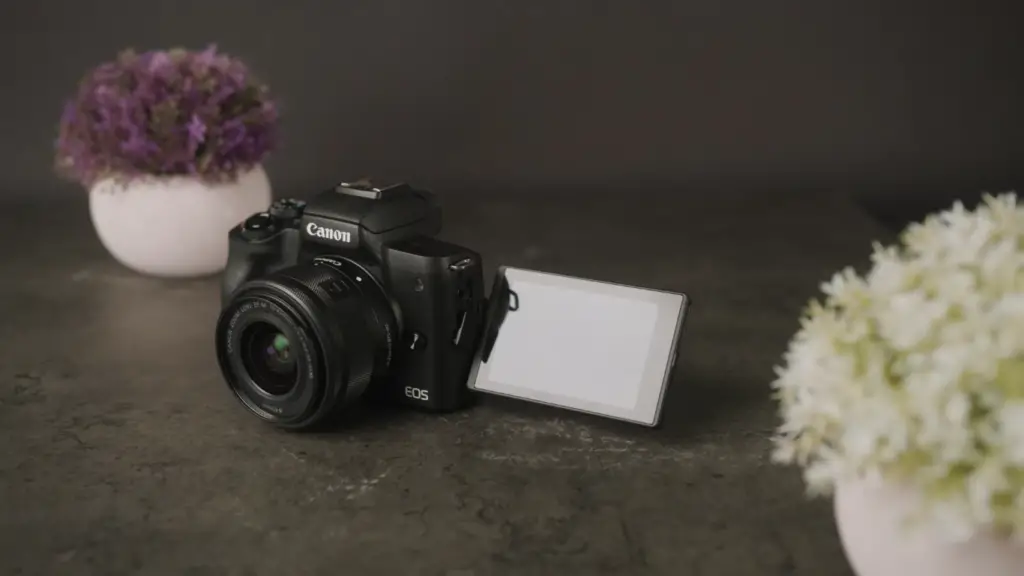
Crop Factor On The M50 Mark II?
The Canon M50 Mark II has a crop factor of 1.6x, meaning that it can capture images with the same field of view as a 35mm camera but with a 32mm lens instead of 50mm.
This means that you’ll need to use wider-angle lenses in order to get the same angle of view as on a full-frame camera. However, because of its size and weight, the M50 Mark II is still considered to be a great option for photographers who need to travel light or don’t mind sacrificing some image quality in exchange for portability.
What Lenses Can I Use On The M50 Mark II?
Thanks to its crop factor, the Canon M50 Mark II is compatible with a wide variety of EF-M lenses. This includes wide-angle and telephoto zooms, portrait primes, macro lenses, and more.
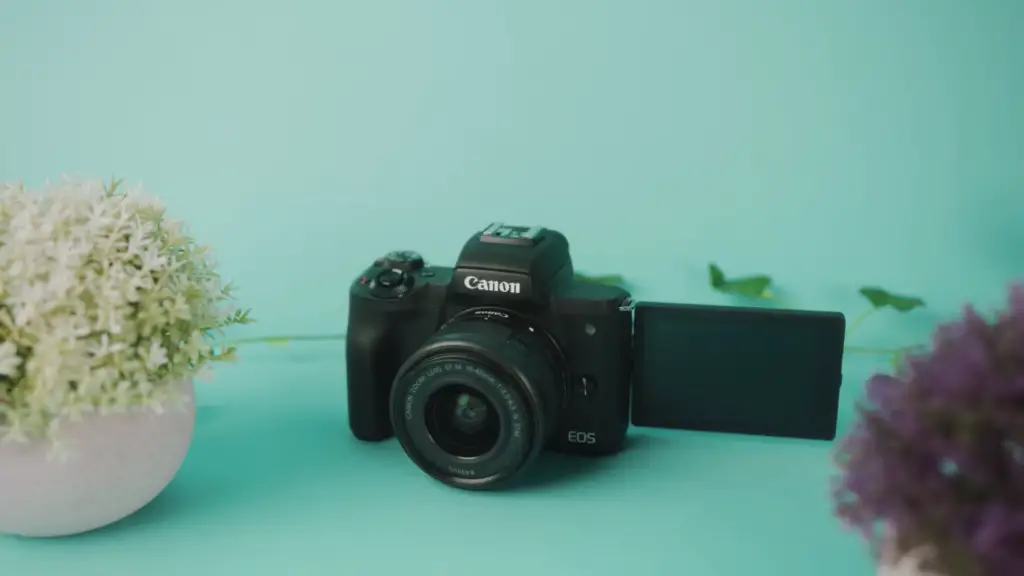
You can also use EF and EF-S lenses thanks to the optional Mount Adapter EF-EOS M. Thanks to this adapter, you can even use full-frame EF lenses with the M50 Mark II, allowing you to benefit from their superior image quality.
What is the frame rate of the M50 Mark II?
The Canon M50 Mark II has an impressive frame rate of 10 fps, perfect for capturing fast-moving subjects such as wildlife or sports. This impressive burst speed is made even better by the camera’s blackout-free shooting, so you won’t miss a shot due to the viewfinder going black in between frames.
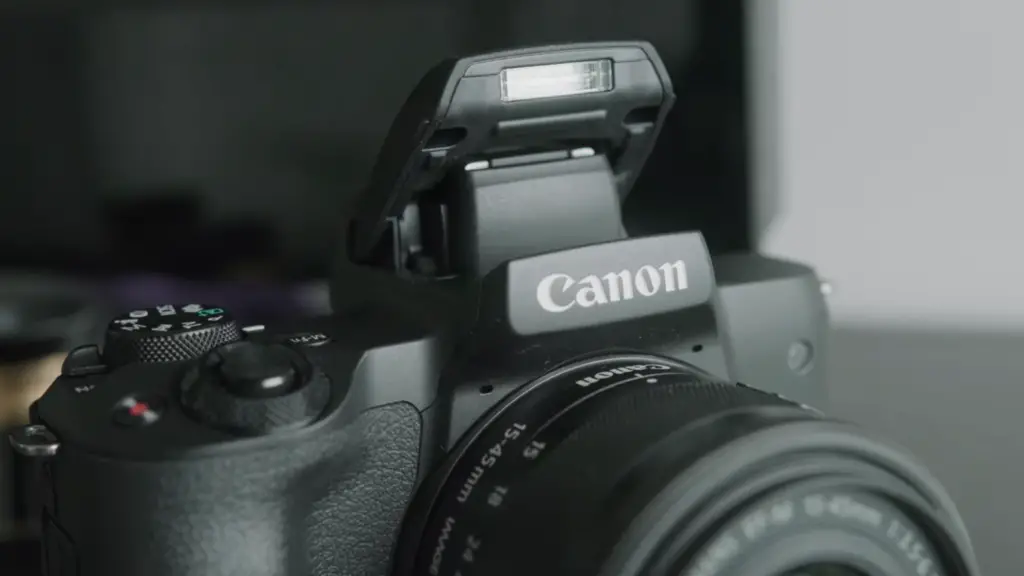
In addition, the camera also offers 4K video recording at up to 30 fps, meaning that you can capture stunning cinematic footage with ease.
How do I know if my Canon lens is full-frame?
EF lenses are designed for use with full-frame cameras, while EF-S lenses are designed specifically for use with crop sensors.
How do I know if my camera is full-frame or crop?
The easiest way to tell whether your camera has a full-frame or crop sensor is by looking at the specifications. The width and height of the sensor should be listed in the product description, and if it falls within the 35mm (36 x 24 mm) range then it’s considered to be a full frame.

FAQ
Is the Canon M50 Mark II full-frame camera?
No, the Canon M50 Mark II is not a full-frame camera. It has an APS-C size CMOS sensor with a crop factor of 1.6x.
What lenses can I use on the M50 Mark II?
The Canon M50 Mark II is compatible with EF-M lenses as well as EF and EF-S lenses with the optional Mounter Adapter EF-EOS M.
How do I know if my camera is full-frame or crop?
The easiest way to tell whether your camera has a full-frame or crop sensor is by looking at the specifications. The width and height of the sensor should be listed in the product description, and if it falls within the 35mm (36 x 24 mm) range then it’s considered to be a full frame.
What are the benefits of a crop sensor?
The main benefit of a cropped sensor is its smaller size and lighter weight, making them ideal for those who need to travel light or don’t mind sacrificing some image quality in exchange for portability.
As well, the smaller sensor size means that lenses can be made to fit more easily into a smaller overall camera body.
Which is better: full-frame or crop sensor?
The answer to this question depends largely on personal preference and what kind of photography you plan to do. If you’re looking for maximum image quality and don’t mind the extra size and weight of a full-frame camera, then it may be the right choice for you.
However, if you need to travel light or want to save some money on lenses, then a crop sensor may be the better option. Both options have their pros and cons, so it’s important to do your research before making a decision.
Is the Canon M50 Mark II full frame or crop frame?
The Canon M50 Mark II is a crop-frame camera with an APS-C size CMOS sensor and a crop factor of 1.6x. This means that lenses will need to be wider in order to get the same angle of view as on a full-frame camera.
However, because of its compact size and lightweight design, it’s still considered to be a great option for photographers who need to travel light.
Can I use full-frame lenses on the M50 Mark II?
Yes, you can use full-frame EF lenses with the M50 Mark II thanks to the optional Mount Adapter EF-EOS M. This adapter allows you to benefit from the superior image quality of full-frame lenses, while also giving you the flexibility to use a wider range of lenses on the M50 Mark II.
What is the frame rate of the M50 Mark II?
The Canon M50 Mark II has an impressive frame rate of 10 fps, perfect for capturing fast-moving subjects such as wildlife or sports. This burst speed is made even better by the camera’s blackout-free shooting, so you won’t miss a shot due to the viewfinder going black in between frames.
In addition, the camera also offers 4K video recording at up to 30 fps, meaning that you can capture stunning cinematic footage with ease.
Is the Canon M50 full frame or crop?
The Canon M50 is a crop-frame camera with an APS-C size CMOS sensor and a crop factor of 1.6x. This means that lenses will need to be wider in order to get the same angle of view as on a full-frame camera.
However, because of its compact size and lightweight design, it’s still considered to be a great option for photographers who need to travel light.
Can I use an EF-S lens on the M50 Mark II?
Yes, you can use an EF-S lens with the Canon M50 Mark II thanks to the optional Mount Adapter EF-EOS M. This adapter allows you to benefit from the superior image quality of full-frame lenses, while also giving you the flexibility to use a wider range of lenses on the M50 Mark II.
What is the frame rate of the M50 Mark II?
The Canon M50 Mark II has an impressive frame rate of 10 fps, perfect for capturing fast-moving subjects such as wildlife or sports. This burst speed is made even better by the camera’s blackout-free shooting, so you won’t miss a shot due to the viewfinder going black in between frames.
In addition, the camera also offers 4K video recording at up to 30 fps, allowing you to capture smooth and fluid video footage with ease.
Can I use my full-frame lenses on the M50 Mark II?
Yes, you can use your full-frame EF lenses with the M50 Mark II thanks to the optional Mount Adapter EF-EOS M. This adapter allows you to benefit from the superior image quality of full-frame lenses, while also giving you the flexibility to use a wider range of lenses on the M50 Mark II.
Additionally, this adapter will let you take advantage of features like in-camera corrections and lens aberration correction that may not be available with third-party adapters.
What is the maximum shutter speed for the M50 Mark II?
The Canon M50 Mark II has a maximum shutter speed of 1/4000 second. This is fast enough to freeze most moving subjects, making it perfect for capturing fast action and sports photography.
Additionally, this high shutter speed allows you to use wider apertures for shallow depth-of-field shots in bright lighting conditions.
What is the minimum shutter speed for the M50 Mark II?
The Canon M50 Mark II has a minimum shutter speed of 30 seconds, allowing you to capture beautiful long-exposure shots. This slow shutter speed also makes it ideal for astrophotography, as you can take advantage of the camera’s built-in interval timer and time-lapse recording functions to create stunning star trail images.
What is the ISO range of the M50 Mark II?
The Canon M50 Mark II has an impressive ISO range of 100 to 25600, meaning you can capture sharp, low-noise images even in low-light conditions. This wide range also makes it possible to freeze fast-moving subjects without having to use a flash or other artificial lighting.
Additionally, the camera also offers an extended ISO range of up to 51200, giving you even more flexibility when shooting in dark environments.
What is the autofocus system of the M50 Mark II?
The Canon M50 Mark II features a dual-pixel CMOS AF system, which uses on-sensor phase detection to quickly and accurately acquire focus. This autofocus system offers up to 143 AF points, making it perfect for capturing fast-moving subjects with ease.
Additionally, the camera also has Eye AF and tracking modes, allowing you to easily track subjects even when they’re moving quickly.
Does the M50 Mark II have image stabilisation?
Yes, the Canon M50 Mark II features in-body 5-axis image stabilisation. This system can reduce camera shake by up to five stops, making it great for shooting handheld in low light conditions and eliminating the need for a tripod or other stabilising gear.
Additionally, this image stabilisation system also works with lenses that don’t have their own optical image stabilisation, allowing you to get sharper images even in low light.
Does the M50 Mark II have Wi-Fi and Bluetooth?
Yes, the Canon M50 Mark II has both built-in Wi-Fi and Bluetooth. This makes it easy to connect the camera to your mobile device, allowing you to quickly transfer images or remotely control the camera via a smartphone or tablet.
Additionally, this also allows you to take advantage of Canon’s Camera Connect app which offers even more features such as remote image browsing and live view shooting.
Does the M50 Mark II have a built-in flash?
No, the Canon M50 Mark II does not have a built-in flash. However, you can use an external Speedlite flash with the camera in order to add more light to your photos.
Additionally, Canon also offers several wireless flash systems that can be used with compatible external flashes.
This gives you even more control over the lighting of your photos, allowing you to create beautiful and creative photos with ease.
What type of memory card does the M50 Mark II use?
The Canon M50 Mark II uses SD/SDHC/SDXC cards for storage. This makes it easy to find compatible cards that offer the right amount of space and speed for your needs.
Additionally, the camera also has UHS-I and UHS-II support, allowing you to take advantage of faster cards when shooting with burst mode or recording 4K video.
Can I use a battery grip with the M50 Mark II?
Yes, you can use a compatible battery grip with the Canon M50 Mark II in order to extend the battery life of your camera. This is great for extended shooting sessions or if you’re using the camera for video recording, as it can double the number of shots that you can take without having to recharge. Additionally, a battery grip also makes it easier and more comfortable to use the camera in portrait orientation.
Useful Video: Canon M50 Mark II Review | Watch Before You Buy
Conclusion
Ultimately, deciding if the Canon M50 Mark II is full-frame or not comes down to user preference. If you are looking for a camera that can maximise the depth of field and performance of any given image, then yes, this certainly could be a great choice for you.
On the other hand, if you value flexibility and having both wide and telephoto lenses at your disposal, then perhaps an APS-C camera such as this would fit your needs better.
Either way, it is important to remember that all photographers have their own individual artistic needs and preferences when it comes to cameras; the type of sensor used is only one factor in selecting the right one for you!
This means it’s always a good idea to evaluate each product thoroughly and make sure it meets not only your hardware requirements, but also aligns with your individual photography style. With all things considered, we wish you luck on finding the perfect equipment selection for your unique photography pursuits!
References
- https://www.photographypursuits.com/is-canon-m50-mark-ii-full-frame/






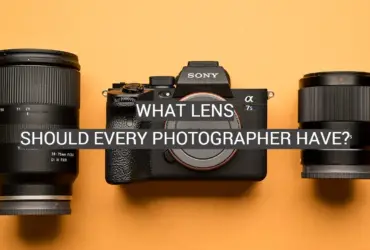



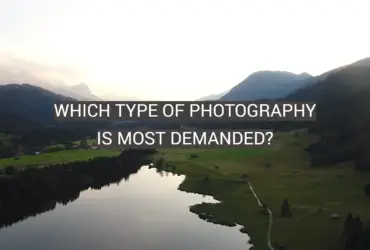
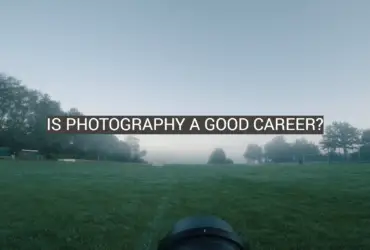
Leave a Reply